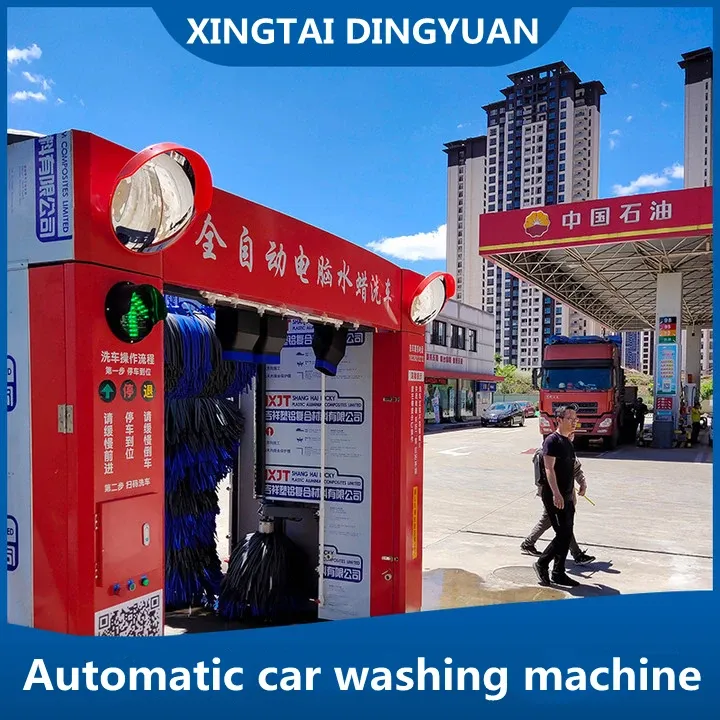
- Afrikaans
- Albanian
- Amharic
- Arabic
- Armenian
- Azerbaijani
- Basque
- Belarusian
- Bengali
- Bosnian
- Bulgarian
- Catalan
- Cebuano
- Corsican
- Croatian
- Czech
- Danish
- Dutch
- English
- Esperanto
- Estonian
- Finnish
- French
- Frisian
- Galician
- Georgian
- German
- Greek
- Gujarati
- Haitian Creole
- hausa
- hawaiian
- Hebrew
- Hindi
- Miao
- Hungarian
- Icelandic
- igbo
- Indonesian
- irish
- Italian
- Japanese
- Javanese
- Kannada
- kazakh
- Khmer
- Rwandese
- Korean
- Kurdish
- Kyrgyz
- Lao
- Latin
- Latvian
- Lithuanian
- Luxembourgish
- Macedonian
- Malgashi
- Malay
- Malayalam
- Maltese
- Maori
- Marathi
- Mongolian
- Myanmar
- Nepali
- Norwegian
- Norwegian
- Occitan
- Pashto
- Persian
- Polish
- Portuguese
- Punjabi
- Romanian
- Russian
- Samoan
- Scottish Gaelic
- Serbian
- Sesotho
- Shona
- Sindhi
- Sinhala
- Slovak
- Slovenian
- Somali
- Spanish
- Sundanese
- Swahili
- Swedish
- Tagalog
- Tajik
- Tamil
- Tatar
- Telugu
- Thai
- Turkish
- Turkmen
- Ukrainian
- Urdu
- Uighur
- Uzbek
- Vietnamese
- Welsh
- Bantu
- Yiddish
- Yoruba
pressure washer pressure for car
Understanding Pressure Washer Pressure for Car Cleaning
Maintaining the appearance of your vehicle is an essential part of vehicle ownership; a clean car not only looks better, but it can also preserve the car’s value over time. One of the most efficient methods of cleaning your car is using a pressure washer. However, understanding the appropriate pressure levels to use is crucial for effectively cleaning your vehicle without causing damage.
What is a Pressure Washer?
A pressure washer, also known as a power washer, uses high-pressure water sprays to remove dirt, grime, mold, and other debris from surfaces. They come in various models, from light-duty electric machines ideal for residential tasks, to heavy-duty gas-powered models used for commercial purposes. The effectiveness of a pressure washer is measured in PSI (pounds per square inch), which indicates the amount of pressure the washer can generate.
Correct Pressure Settings for Cars
When washing your car, the pressure setting is a critical factor. Generally, a pressure washer with a PSI range of 1200 to 1900 is ideal for car cleaning. Soft washing with lower pressure prevents the risk of chipping paint, damaging seals, or harming delicate parts of the vehicle. On the contrary, using a high-pressure setting typically found in industrial machines (up to 4000 PSI) can strip paint and injure plastic components.
Besides PSI, you should also consider GPM (gallons per minute). A higher GPM will allow for a faster and more efficient clean, as it indicates the volume of water being used. However, for car washing, GPM doesn’t need to be excessively high; a rating of 1.5 to 2.5 is sufficient for most residential vehicles.
Choosing the Right Nozzle
pressure washer pressure for car

Nozzles play an essential role when using a pressure washer. They adjust the water spray pattern, impacting how the water pressure is delivered. Typically, pressure washers come with a set of nozzles color-coded by angles
- 0-degree (red) A very concentrated spray, suitable for stubborn stains but can damage surfaces and should not be used on vehicles. - 15-degree (yellow) More aggressive and suitable for cleaning tough stains on hard surfaces but is still too intense for cars. - 25-degree (green) A general-purpose nozzle that is safe for car cleaning, providing a good balance of power and coverage. - 40-degree (white) A wide spray pattern that’s safe for rinsing and final washes. - Soap nozzle (black) Used for applying detergent, not for high-pressure washing.
For washing cars, the 25-degree (green) or 40-degree (white) nozzle is recommended to avoid damaging the paint while still effectively removing dirt.
Preparation for Pressure Washing
Before you start, ensure you have the right cleaning supplies—car shampoo, detailing brushes, and microfiber towels should be on hand. Also, it’s wise to pre-rinse your vehicle with plain water to remove loose dirt before applying soap.
Conclusion
Using a pressure washer can significantly ease the process of cleaning your car, but it’s vital to understand the correct pressure and techniques to avoid damage. By using a machine with an appropriate PSI, selecting the right nozzle, and applying the correct washing method, you can enjoy a spotless vehicle that maintains its shine and value. Regularly cleaning your car not only enhances its aesthetic appeal but also contributes to its longevity—making it a worthwhile investment.
-
Integrating Aqua Tunnel Car Wash in Shopping CentersNewsJun.24,2025
-
Gas Station with an Auto Car Wash MachineNewsJun.24,2025
-
Efficiency in Your Aqua Tunnel Car Wash: Power & Water-SavingNewsJun.24,2025
-
Car Wash Business with Advanced Auto Car Cleaning MachinesNewsJun.24,2025
-
Balancing Setup Costs with Aqua Tunnel Car WashNewsJun.24,2025
-
Aqua Tunnel Car Wash: Eco-Design for the Energy-Savvy EntrepreneurNewsJun.24,2025



